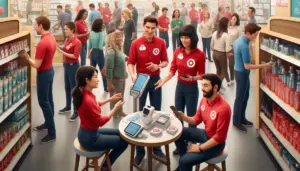Should Healthcare Pricing Be More Transparent?
Healthcare prices have continued to rise in the United States in recent years, and no solution has been agreed upon. Making a complicated situation even hard to solve is the fact that the supply chain is much more complex in healthcare than in the exchange of other goods and services.
One of the major qualms about healthcare pricing is its lack of transparency. The negotiated rates between pharmaceutical companies and hospitals, insurers and pharmacies are private. This seemingly makes it difficult for consumers to shop around for lower prices.
A new executive order signed in June calls on the Department of Health and Human Services to force these negotiated rates to be publicized. This is designed to increase transparency of price and create market competition. Ideally, this will lower prices for consumers, but consensus has is hard to come by on the topic.
“Some states have already passed price transparency laws, like New Hampshire and some others, and again the story isn’t that great, at least the evaluation suggests they haven’t made an enormous impact or any impact at all on prices,” Mark Pauly, a professor of healthcare management at the Wharton School of Business at the University of Pennsylvania said.
Industry insiders are unsure of the impacts this transparency will have. Due to the nature of insurance and the way drug prices are established, transparency may not yield true competition, according to Pauly.
“You can’t look up in the Wall Street Journal, ‘what’s the going price today for a hospital day or a doctor visit’,” Pauly said. “These things are negotiated and typically the market structure for hospitals is one of oligopoly, with just a few hospitals in a typical town.”
The executive order did not spell out specifics but asked HHS to develop a policy that increases transparency.
For the latest news, videos, and podcasts in the Healthcare Industry, be sure to subscribe to our industry publication.
Follow us on social media for the latest updates in B2B!
Twitter – @HealthMKSL
Facebook – facebook.com/marketscale
LinkedIn – linkedin.com/company/marketscale







